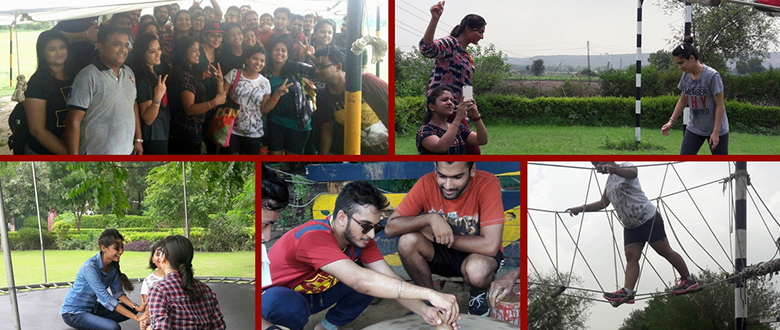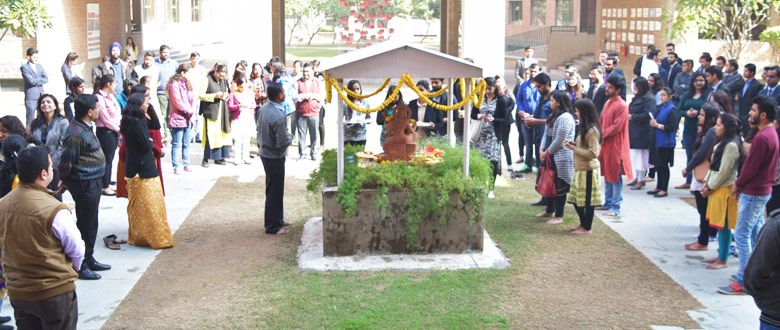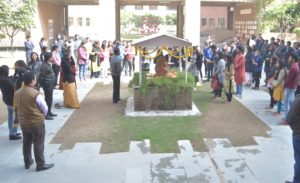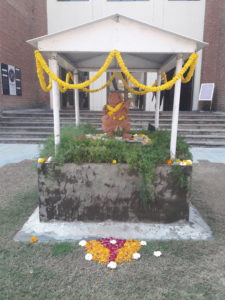Liberal Arts Education has become a buzz word in India from past couple of years. More and more parents and students are inquisitive about it and also showing positive inclination towards the same. Liberal world holds its origin in a roman word ‘liberalis’ which means freedom, hence, simply freedom to pursue the choice of discipline can be called as liberal arts. The term liberal arts originated in Europe however it was American Universities which make the concept not only popular but also successful. In fact, the liberal education brought many American Universities in limelight and on top spot in world university rankings. The Indian higher education was focused on Job driven unidirectional studies where focus was on ‘what to learn’ than ‘how to learn’. However, thanks to the fast changing world dynamics and need of multi facet skills, this trend is changing and driving Indian Higher Education system to embrace liberal arts education with arms wide open.
Is liberal Education new to India?
Before answering the question lets understand Liberal Arts Education. In the words of John Henry Newman, “The purpose of a Liberal Arts education is to open the mind, correct it, to refine it, to enable it to know and to digest, master, rule, and use its knowledge, to give its power over its own faculties, application, flexibility, method, critical exactness, sagacity, resource, address, and eloquent expression”.
If we read the above expression in depth then we understand that Liberal arts education had wide presence in ancient Indian universities like Nalanda and Takshila. Students studying in these esteemed Universities were imparted simultaneously knowledge in the field of grammar, philosophy, ayurveda, surgery, politics, warfare, astronomy, commerce, music, dance, and much more. The students were taught right blend of skills and subjects which were important to contribute in civic life.
Despite having strong educational past; during colonial era India was forced to adopt fixed curriculum model set up by British Education System. Also the greedy aspirations for professional degrees liberal education took back seat from main stream academia.
The Changing Paradigm
There is a pressing need for people to learn and enhance their creativity along with analytical skills and be a path finder in rapidly changing environment. The fast paced technological transformations and disruptions and challenges of degrading physical and social environment put forth the demand for leaders and scholars with deep sense of imagination, analytics and creativity.
Liberal arts education broadens the minds and understands the scenarios from diverse perspectives rather than being a conservative. It lights up the intellectual curiosity which fosters knowledge creation in subjects ranging from arts and humanities, social sciences to the natural and applied sciences. Liberal education inculcates problem solving and critical analysis skills which are much desirable in corporate world as well as in daily civic life. A sufficient emphasis on liberal arts education help us to tackle practical problems of this century and also provide our current and future generations a chance of freedom of knowledge and a way of living happy.
Who are making efforts?
Since 2015 Indian government decided to invest more in research universities, in social sciences and liberal education so that world ranking of Indian Universities can improve. Taking the initiative of the government forward private universities took charge to address the challenge and creating inter-disciplinary curriculum which are globally bench marked. However, very few have moved in this direction. IILM University situated in the heart of corporate Gurugram is centering interest in Liberal Arts education and aiming at inter-disciplinary education. IILM University has created the curriculum focusing on technology, psychology, business, design, communication skills, critical thinking and academic writing. The best part is, these courses are well aligned to the demand of the market. The extensive major and minor combinations open multiple career options. In all, liberal education not only shape career of the students but also creates informed and happy citizens.






